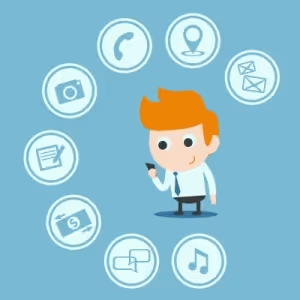What Makes a Good Referral Marketing Program?
When you’re looking to build virality into your product or service you should first look at some examples of what makes a good referral marketing program.
You need to understand the benefit of targeting users, choosing rewards and promoting the program.
In this post we’ll go over the strategy and techniques you should use to build a high-performing customer referral program.
Customer Targeting
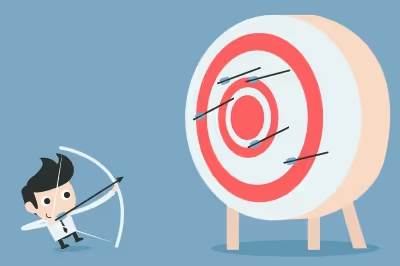
One area of focus should be creating a referral program for a particular subset of your customer base. Not all users will have the same product experience and motivation to make a referral.
We say that you should target users that are naturally making referrals for your product and getting the most value from your service.
For example, your paid users will have a different experience with your product than free users. Paid users are typically more engaged and will have more opportunities for referral program impressions.
Choosing Program Rewards

Rewards are another important area that you should put time and effort into before your referral program goes live. Some of the more successful programs don’t actually use cash to incentivize their users to share. They offer deeper product functionality IE more space, more ride credit, etc. in exchange for making successful referrals.
Dropbox is one of the more polarizing examples of creating a non-monetary incentive for their referral program. We wrote more about their program here and here.
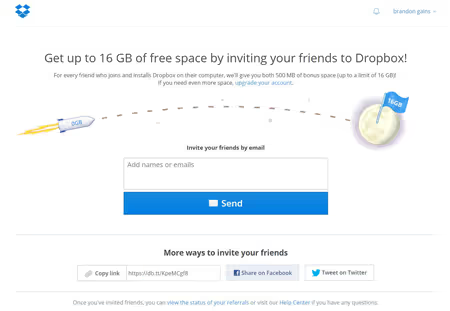
Double-Sided Incentive
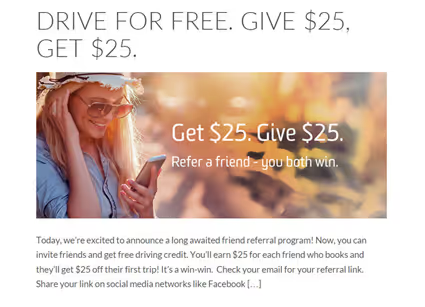
Referral programs have a bit of a branding problem and get mixed up with other initiatives like partner and affiliate programs. One of the main differences between a referral program and the others is their ability to give out a double-sided incentive.
This is an important distinction as a user typically isn’t looking to send out invites to their friends just so they can earn an upgrade or credit.
A double-sided incentive helps engage users that are interested in helping out their network and would naturally spread the word about your product.
By managing a users’ motivation to share with an equal party incentive you are opening up the company to different avenues for growth. The incentive is there to give them that extra added motivation to make that referral today.
Clear Call to Action
Just like your other landing pages a referral program homepage should have a clear call to action. Don’t confuse and distract the user with too much text and unclear messaging. The user should naturally pick up the benefit of making a referral and what the supporting details are.
Visually Appealing Design
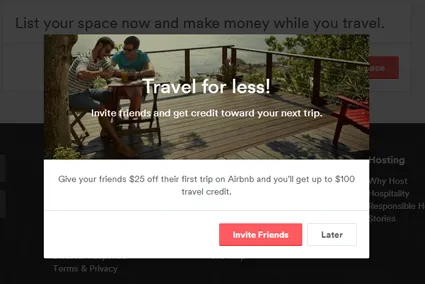
The look and feel of a call to action is an important factor when you’re looking to improve your funnel. It’s especially important when you’re looking to build a high performing referral program.
One example is Airbnb’s referral landing page, they use a large hero photo of an exotic location to help display the core benefit of using Airbnb.
Make referrals -> Earn credit = More vacations.
Promotional Tactics
A referral program can have a targeted user type, strong double-sided reward and a clean user experience. But none of that will drive the results you are looking for without constant promotion by your company.
There are many different channels that you can start implementing referral program call to actions. I highlight a few of them below:
System Notifications – Activity Digests, Monthly Reports
When you’re working on growth you need to to take advantage of channels that you own. A perfect example of this is your system notifications, like activity digests, monthly reports, usage warnings, etc.
By adding a footer call to action like the one below by Udemy is a great way to drive awareness for your referral program and doesn’t detract from the main message of the email.

Invoice Reminders and Receipts
Another under-utilized marketing channel that we all have is our invoice messaging. They have some of the highest email open rates and are sent out at least twice per month.
For many of your users payment can be a huge pain-point and they would enjoy seeing an opportunity to save some $ or a % off their next bill.
Lifecycle Messaging
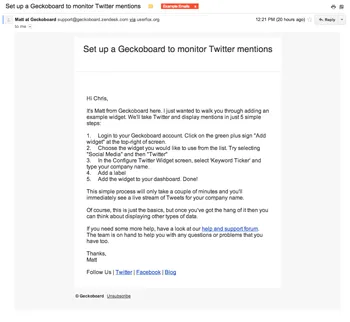
Whether you’re automating an onboarding campaign, trying to convert a trial user to paid or introducing new features. Lifecycle emails are a great way to keep your users engaged and active inside your product.
These emails also present a strong opportunity to tell users about your referral program. You can create your own custom event for a referral-specific email or include a call to action at the footer of your existing campaigns.
TL;DR
The strategies and tactics above are just a sampling of the many ways you can look to build and improve a referral program. What I hope you take away from this article is that it’s not always about the tactics.
It’s the mindset that a referral program is never complete. There are always opportunities for optimization just like there is with your other marketing channels.
Images courtesy of bplanet/freedigitalphotos.net jesadaphorn/freedigitalphotos.net
